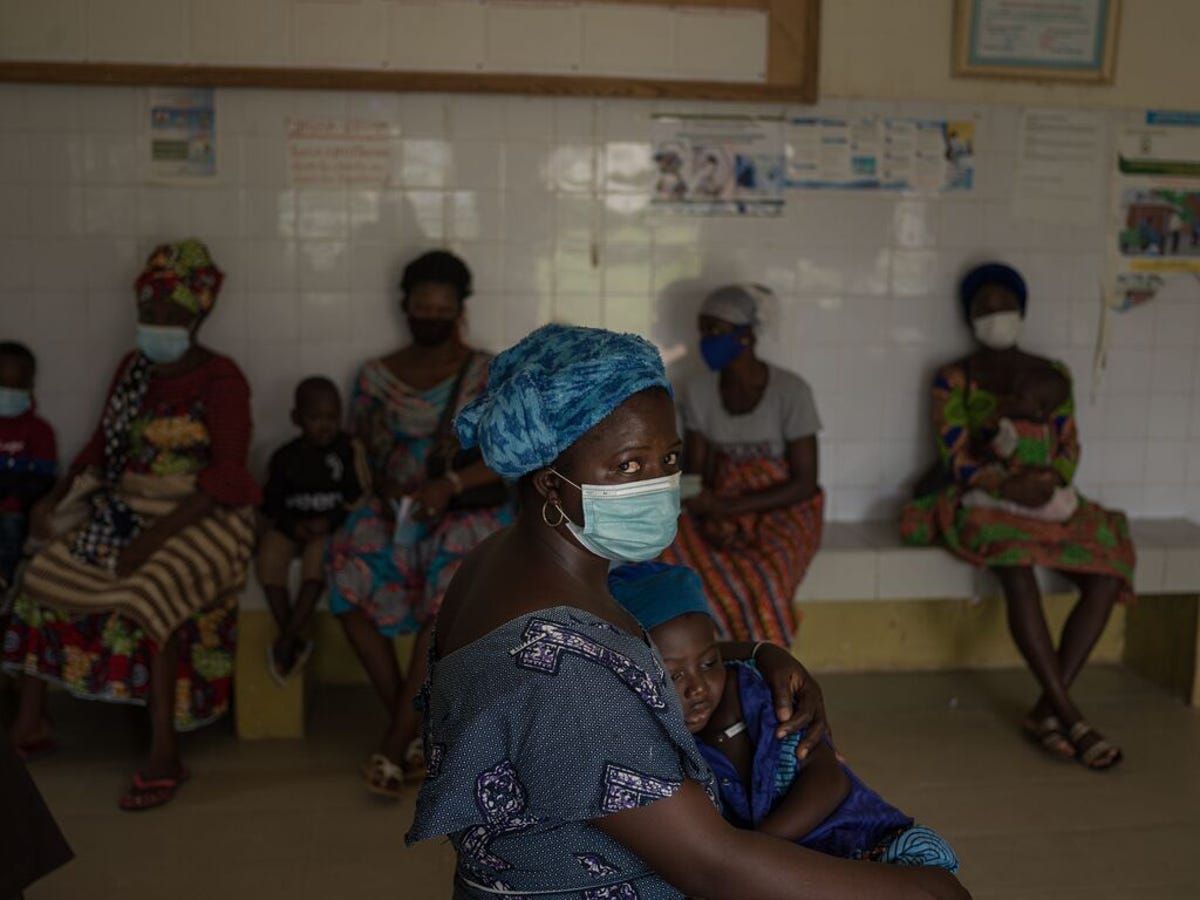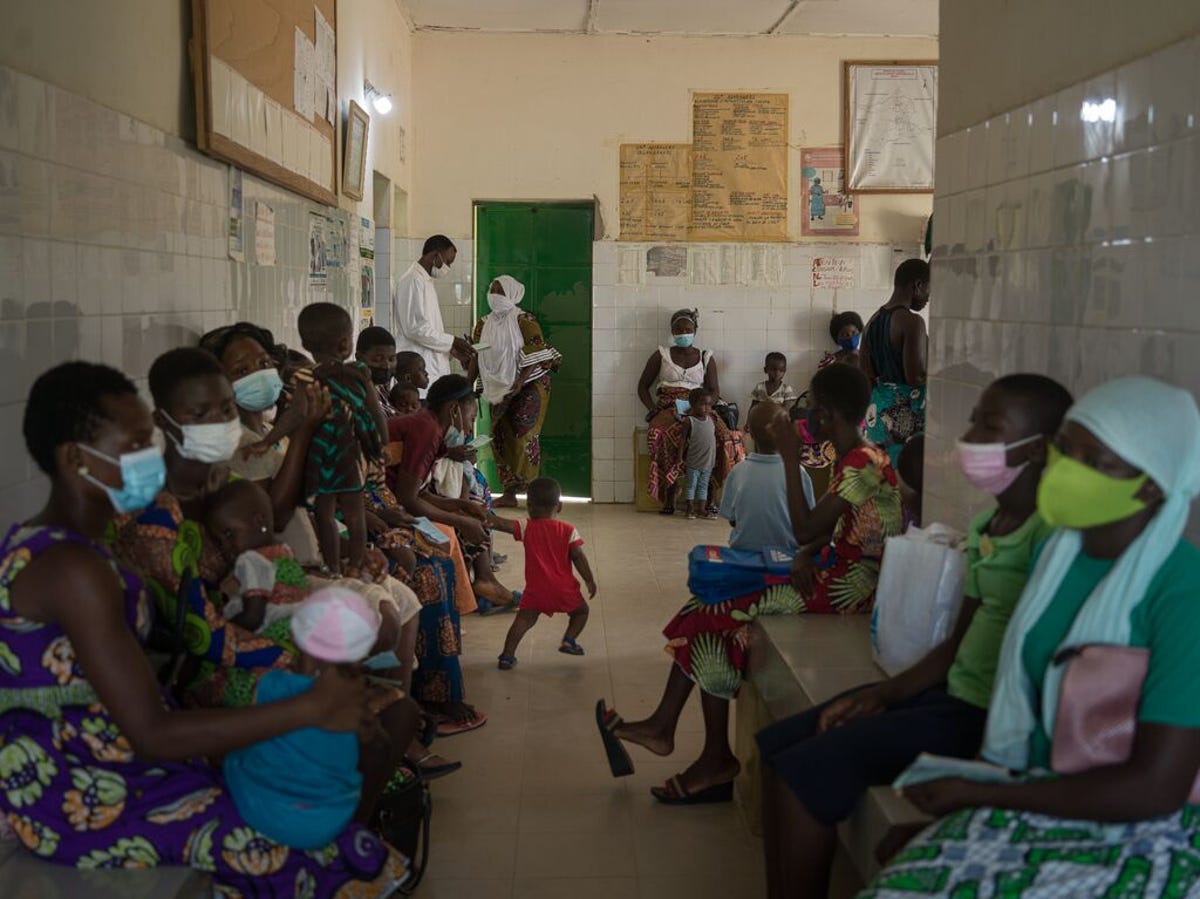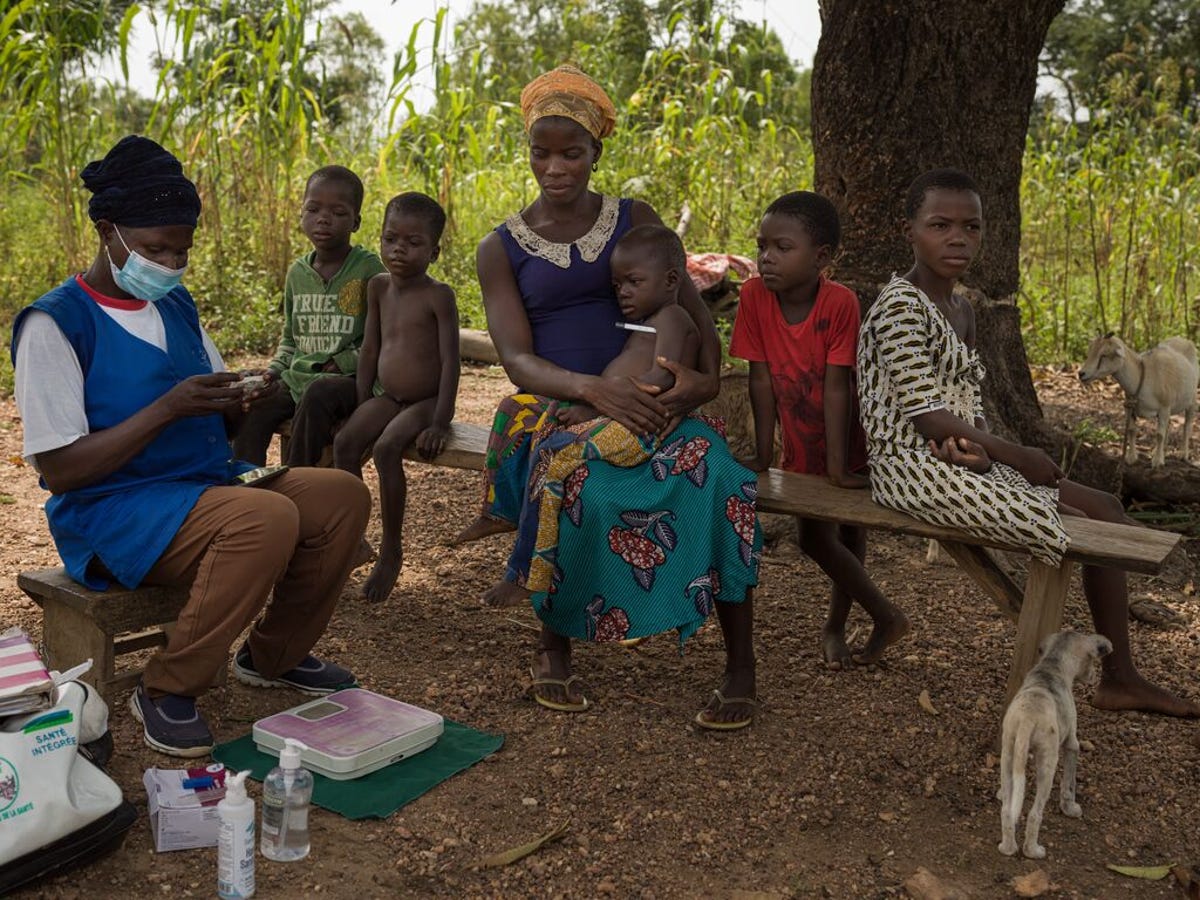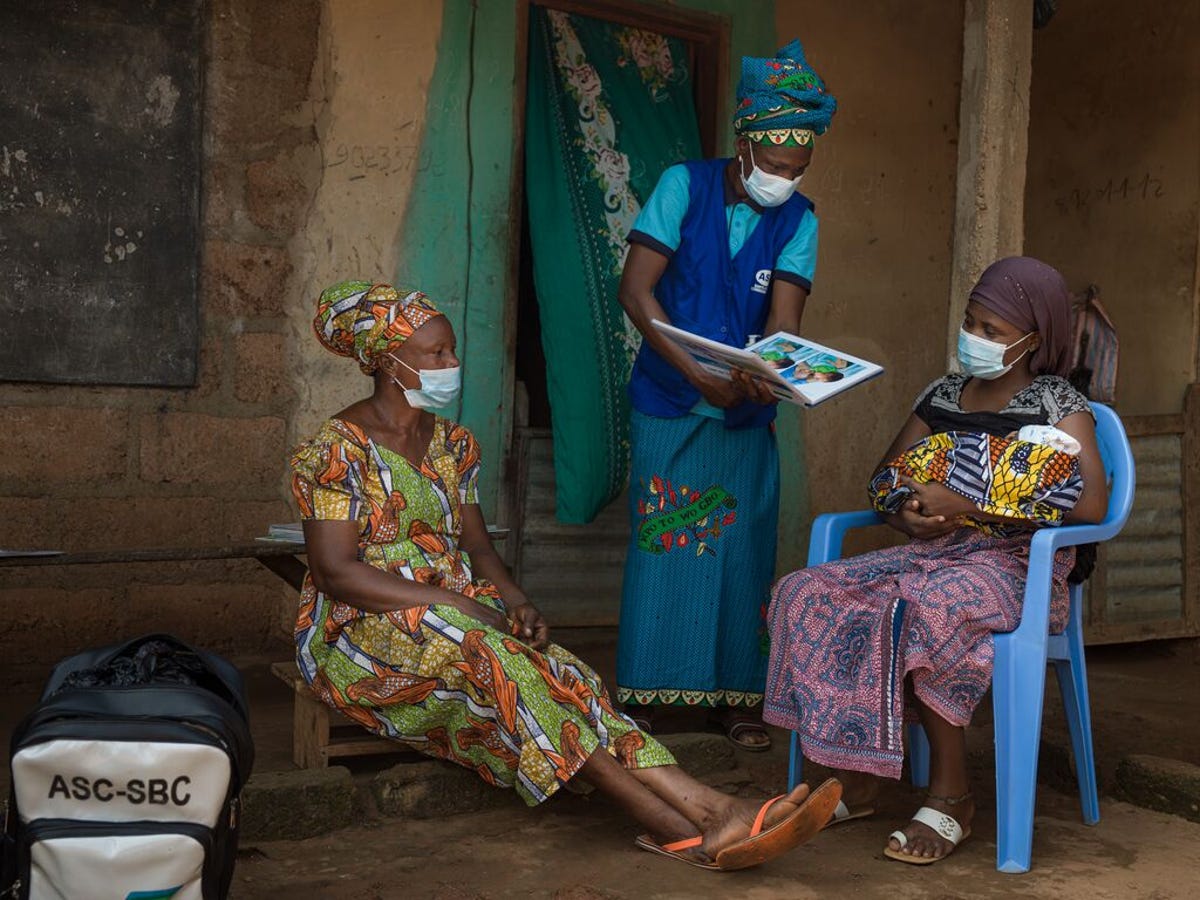Making Professional Community Health Workers the Norm
To mark Universal Health Coverage Day, we sat down with Dr Madeleine Ballard, CEO of Community Health Impact Coalition (CHIC), and community health worker Ramatu Jalloh to explore CHIC’s work to make professional community health workers the norm worldwide.
© Newsha Tavakolian / Magnum Photos for Cartier Philanthropy
According to the World Health Organization, we’re off track to make significant progress towards the Sustainable Development Goal target of universal health coverage by 2030. Indeed, improvements to health service coverage have stagnated since 2015. So this year’s Universal Health Coverage Day is more important than ever as an opportunity to reflect on where we’re making headway and where we can improve.
Community health workers (CHWs) are a cadre of the health workforce where much has been achieved but much still remains to be done.
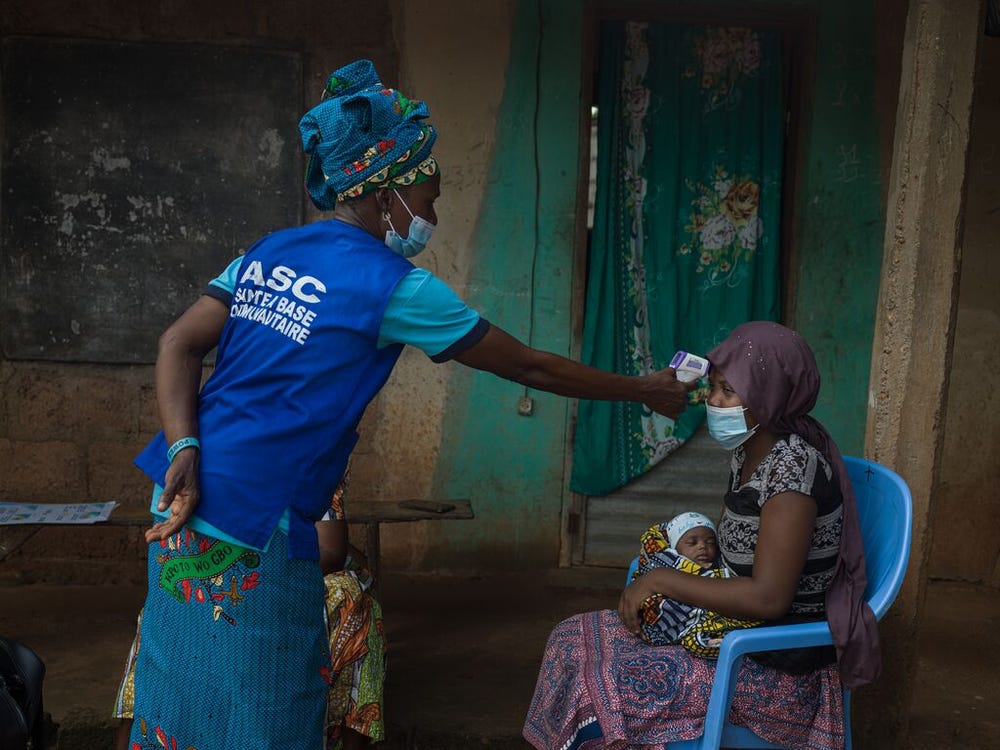
© Newsha Tavakolian / Magnum Photos for Cartier Philanthropy
“COMMUNITY HEALTH WORKERS ARE THE BEST WAY TO GET HEALTHCARE TO EVERYONE”
CHWs bring primary health services to their neighbours’ doorsteps. They can be vital sources of information, carry out health promotion and disease prevention activities, implement vaccination programmes and treat illnesses. In low- and middle-income countries, CHWs are often the first point of care, yet many are not salaried, skilled, supervised or properly supplied. This makes their work less effective and quality care inaccessible to many – including the CHWs delivering it!
Community Health Impact Coalition (CHIC) brings together thousands of CHWs and dozens of global health organisations across 60 countries to address this problem and make professional CHWs the norm worldwide. The Coalition’s work uses three interconnected tactics:
- Research – equipping international norm-setters with evidence to create guidelines that support community health workers.
Advocate – influencing global financing institutions to increase funding for community health workers.
Activate – mobilising national networks to secure policy gains that support professional community health workers.
Coalition research recently published in Lancet Global Health highlighted how the global healthcare system relies heavily on unsalaried and potentially exploited CHWs. At the same time, a study released by Muso just two weeks ago, at the International Conference for Public Health In Africa (CPHIA), demonstrated the startling effectiveness of well-designed community health systems that include free healthcare, professional CHWs in every village, and upgraded primary care clinics. The study – one of the largest of its kind – showed that child death rates in Bankass, Mali, plummeted from 148 to 55 per 1,000 between December 2016 and April 2020, despite the area being a centre of regional conflict.
“The data shows that community health workers are the best way to get healthcare to everyone – people who live in rural areas, the poor, the stigmatised,” says CHIC CEO Madeline Ballard. “There’s a knowledge there – a strength – that’s really unique. But often the health workers’ own health is not a priority. And that’s why CHIC exists.”
Ballard became involved in HIV activism in the late 2000s, which is where she encountered CHWs and transnational networks of solidarity. “It starts with respect and recognition for the role they play,” she says, “which includes respecting the indispensability of CHW leaders in telling their story. Non-governmental organisations, the original members of the coalition – which now includes over 10,000 CHWs as well as allied health organisations – have steadily realised how important it is to shift power to CHWs. NGO leaders are now increasingly likely to say: ‘If you want me to speak or write an article about health workers, you’ll have to speak to a community health worker as well.’”
"Female labour is often cheap and 86% of CHWs in Africa are unsalaried. We really need to change the power dynamics at play."
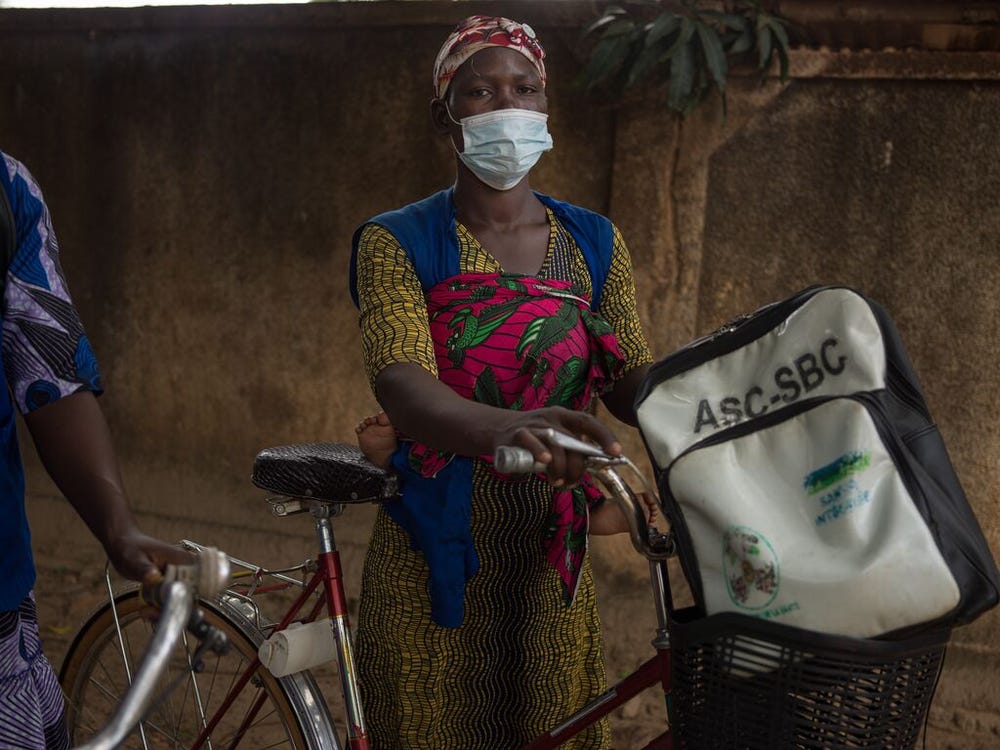
© Newsha Tavakolian / Magnum Photos for Cartier Philanthropy
"I’M PAID FROM EIGHT TO FIVE, BUT I STILL SEE PATIENTS AFTER FIVE"
One such leader is Ramatu Jalloh, a long-time CHW Advocate and Heroine of Health based in Sierra Leone. Jalloh started working as a CHW with Partners in Health in 2016.
“Sierra Leone has government community health workers, but they can’t do the job because they’re not equipped and paid,” Jalloh explains. “The community health workers employed by Partners in Health are too few to cover the country. People come from other parts of the country to access our facilities, so it’s very challenging sometimes. People can’t afford treatment in better hospitals, so community health workers have a very heavy workload.”
This workload remains high because, as Ballard explains, there’s still no international council of CHWs as there is for nurses or midwives. “If you’re not at the table, you’re on the menu,” she says.
CHWs often work in areas with few job opportunities – particularly for women – where healthcare essentially becomes volunteering. “I was talking to one of our colleagues in Kenya the other day,” Ballard recounts, "and he said: ‘Suddenly, you’ve worked for 17 years without ever having been properly paid.’”
CHWs are different from doctors and nurses because they don’t go home at the end of their shifts. “I’m paid from eight to five,” says Jalloh, “but I still see patients after five. Whenever an issue arises within the community, I will still step in, no matter the time. Anyone might come knocking on my door because I'm trusted within the community.” And despite working these long hours, Jalloh knows that when she retires, she won’t get a pension for having dedicated her life to community health.
Even low- and middle-income countries that are slowly professionalising CHWs still have many volunteer CHWs in the workforce. That means “we’re not setting ourselves up for success,” says Ballard. “Programmes to support community health workers are often propped up by international funding mechanisms created to address the injustice of lack of access to healthcare. But despite adopting the rhetoric of women’s empowerment, they nevertheless perpetuate the injustice of this labour exploitation, turning a blind eye to the fact that female labour is often cheap and 86% of CHWs in Africa are unsalaried. We really need to change the power dynamics at play.”
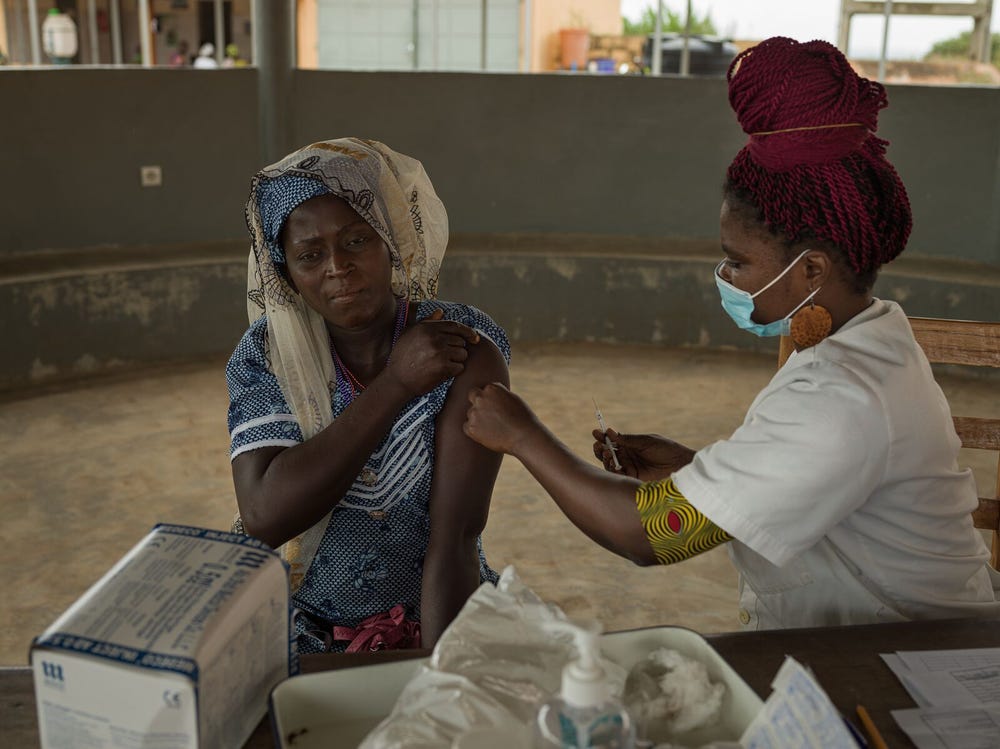
© Newsha Tavakolian / Magnum Photos for Cartier Philanthropy
A RISING TIDE
Progress is, however, being made despite these multiple persistent challenges. In May 2023, CHIC secured an important advance at the World Health Assembly with the inclusion of five crucial proCHW best practices in the Universal Health Care Declaration, setting the stage for increased country investment.
“Technology has enabled us to equip CHWs with advocacy skills to become a powerful force for global norm change and push for solutions by connecting with like-minded advocates to create national or even just regional associations,” says Ballard. “We have also deployed technology to create the world’s biggest public-facing proCHW policy dashboard, which CHIC updates quarterly. By tracking where policies are set to expire in the next 12-18 months, we have a roadmap of where to focus and where we can win,” Ballard explains. “It’s a scoreboard for the movement.”
Changes in the scorecard are encouraging, but Ballard is conscious that right now there are still three times as many countries that don’t have national professional CHWs as those that do. However, considering the map would have shown only one country, Ethiopia, with professional CHWs in the early 2000s, whereas we have 34 countries today, there is, as Ballard says, “certainly a rising tide,” highlighting the addition of Kenya in September.
“It’s not a 25-year transition. This is something that can be done in one term,” Ballard continues. “In the scheme of government, it’s actually not a ton of money, but the return on investment is immense – particularly if an enabling environment has been created. That’s what we’re trying to do by changing the guidelines of norm-setting institutions like the World Health Organization and creating new financing opportunities, like Africa Frontline First. Combined with domestic demand from emerging national CHW associations, the path becomes clearer, particularly when they also pair with a neighbouring country that’s already walked the road. So that’s really exciting.”
Jalloh adds: “I know the Sierra Leone government can only afford to pay community health workers if global health and other international bodies support the government to do so.”
That’s how Ballard wants to turn the dashboard map purple. “There are a lot of achievements we can already celebrate: increased readership of research on how to set these programmes up for maximum health impacts, the amount of money that's been committed both by domestic and overseas development assistance, the number of advocates emerging on the scene, and community health workers like Ramatu in Sierra Leone, who are leaders and have a profile that enables them speak up and be recognised for their expertise.
“But all these things are just steps on our way to the final goal, which is to get that policy change. And then, of course, the challenge is: are we implementing this in accordance with what’s been written down? And I think we’re already seeing lessons learned there. Countries like Liberia, for example, are tracking every quarter so we can more easily monitor what percent of CHWs are being paid, supervised and suitably supplied.
“With norm change, it’s often unclear when the tipping point has been reached, when what we’re working for has become the recognised norm. But if you’ve been in this field long enough, you can sense the sea change: no one stands on a platform anymore and says how great it is for volunteer CHWs to be the backbone of healthcare provision. Now we need policymaking to catch up with these emerging attitudes. I’m encouraged and excited by how the map will look in just a few short years.”
Ballard also highlights the role funders can play: “Sometimes, when people want to help, their first instinct is direct service delivery. And that’s a really helpful instinct: People have malaria, let’s get them malaria nets by any means necessary because people are dying right now. At the same time, what I appreciate about funders like Cartier Philanthropy is that they’ve intentionally embraced a generational perspective: how do we change health systems to ensure those nets don’t need our help to get delivered? This thinking is unfortunately still rare in corporate philanthropy. Achieving these gains is a bit less linear, but it leads to a place where we can ultimately build a more prosperous future for all.”
You can learn more about the proCHW movement in a recent New York Times article here and discover the work of CHIC members and Cartier Philanthropy’s partners Integrate Health, mothers2mothers, Muso, Pivot and VillageReach.

